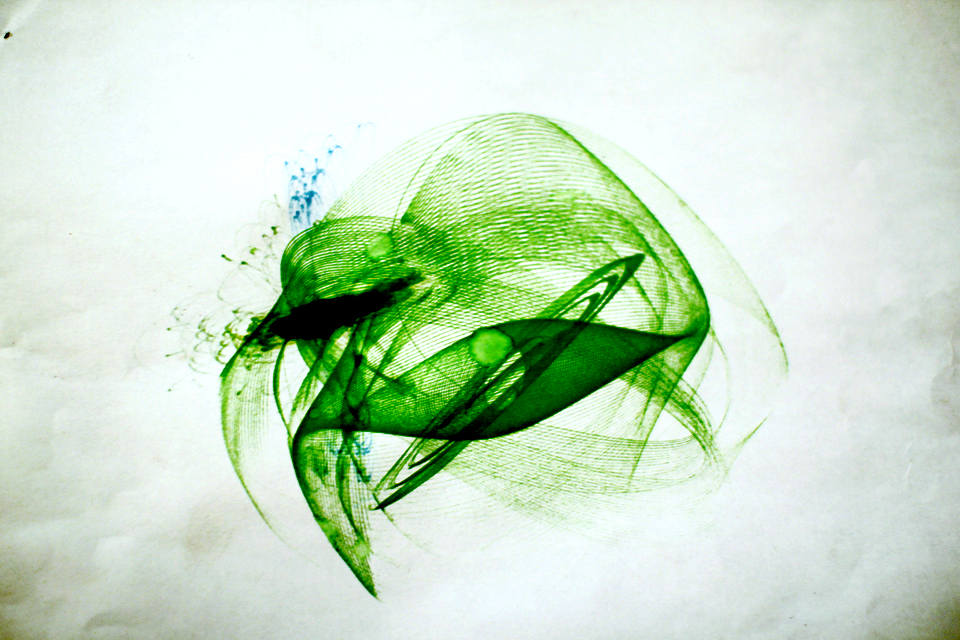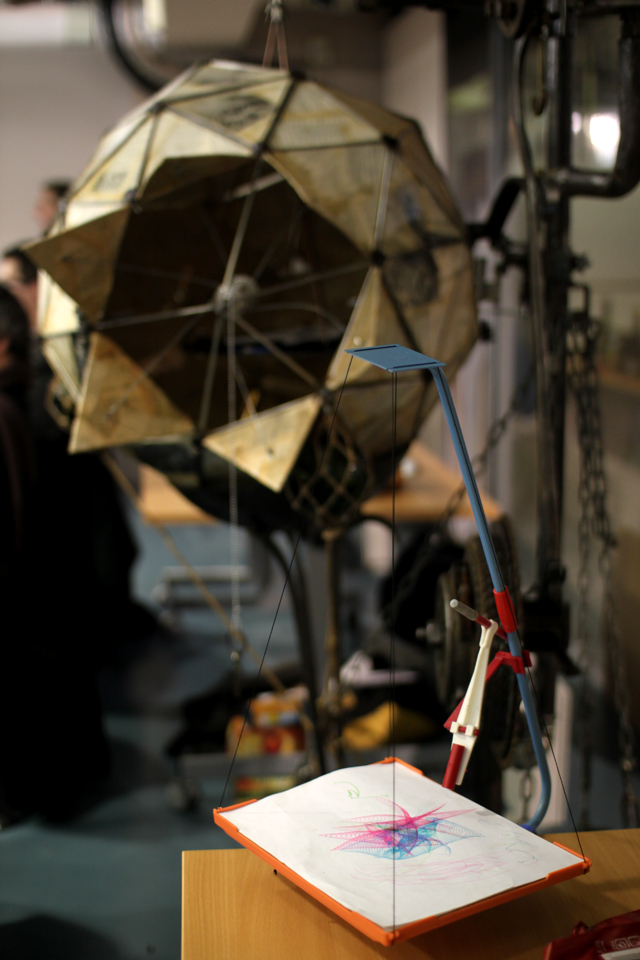The Public Domain Remix is a partnership challenge run by the Open Knowledge Foundation France and Wikimedia France, aimed at encouraging people to remix public domain works in a creative way. The challenge specifically seeks to promote the use and reuse of public domain works through an interdisciplinary and transmedial approach: rather than following the same medium, people are encouraged to shift from one medium to the other (e.g. remixing a literary work into music, a photograph into a sculpture, etc). The goal is to promote the public domain by showing what can actually be done with it.
The Open Design working group of the Open Knowledge Foundation seconds this initiative through the launch of a distinct but correlated project: the Public Domain (HW) Remix, intended to encourage the remix of public domain materials as a means to promote the values of openness in the realms of design and hardware manufacturing.
What is Hardware (HW) Remix ?
The idea is simple: take a work from the public domain, be it a melody, a novel, a theater play, a painting or a poems… and remix it into something which has a physical form: a sculpture, a design, a machine, an electronic creature or an interactive installation – or whatever comes into your mind, as long as you can actually make it into something that people can touch !
Here is an example of what the remix of various public domain materials, including books, technology, and metal, might look like:

The O-Pen from Okhaos Creations

Public Domain art
The O-Pen is a mechanical software created by Okhaos Creations, a device designed to produce abstract artworks which automatically become part of the public domain. Indeed, although it is not possible – in many countries of Europe – to surrender a work into the public domain, this machine has been conceived to generate artworks that cannot legally be subject to intellectual property rights.
Indeed, since most jurisdictions do not recognize legal protection for computer-generated works, the artists managed to produce a public domain generating machine, which illustrates, mechanically, what an algorithm would look like if it were to subsist in the real world.

Inspired from the Swing-o-Graph (TM)
Further, this piece is a representation of Open source software & Open Technology with all mechanical functions clearly visible and eventually understandable to the eye. It is based on a large number of public domain material and technologies, including: the pendulum marking mechanism that goes back to Archemides; the Harmonograph technology, first recorded in the 1800s; the formerly patented technology of the swing-o-graph(TM), whose incredibly simple design greatly influenced the implementation of the O-Pen; the geodesic dome, first “invented” by Walther Bauersfeld and later popularized by Buckminster Fuller; not to forget the two books shrowding the piece, which are the works of La Fountaine and Rudyard Kipling; as well as all the abandoned metal that have been taken from the public domain (the junkyard) in order to be given a new life as a completely different artwork.

